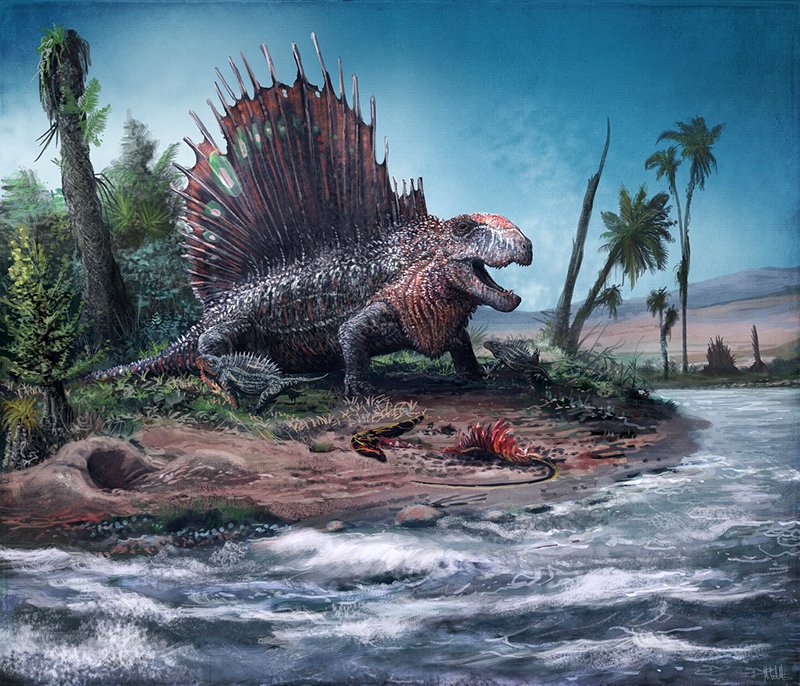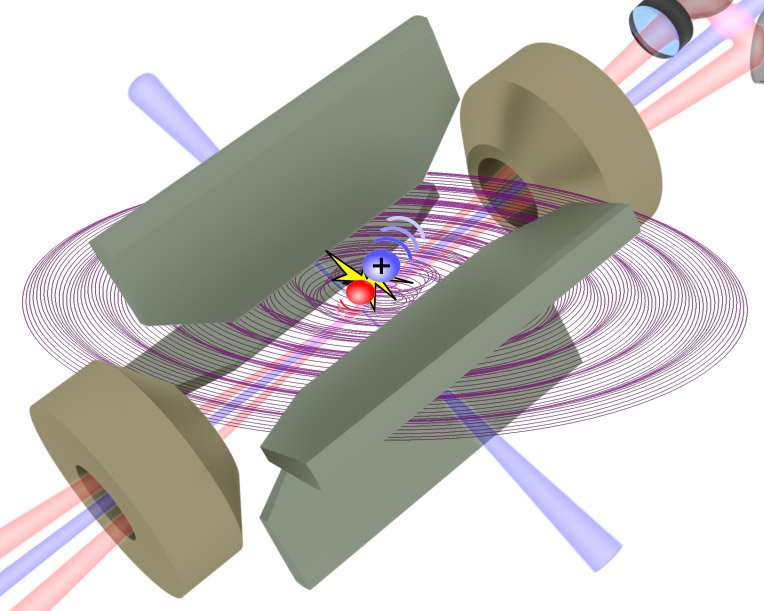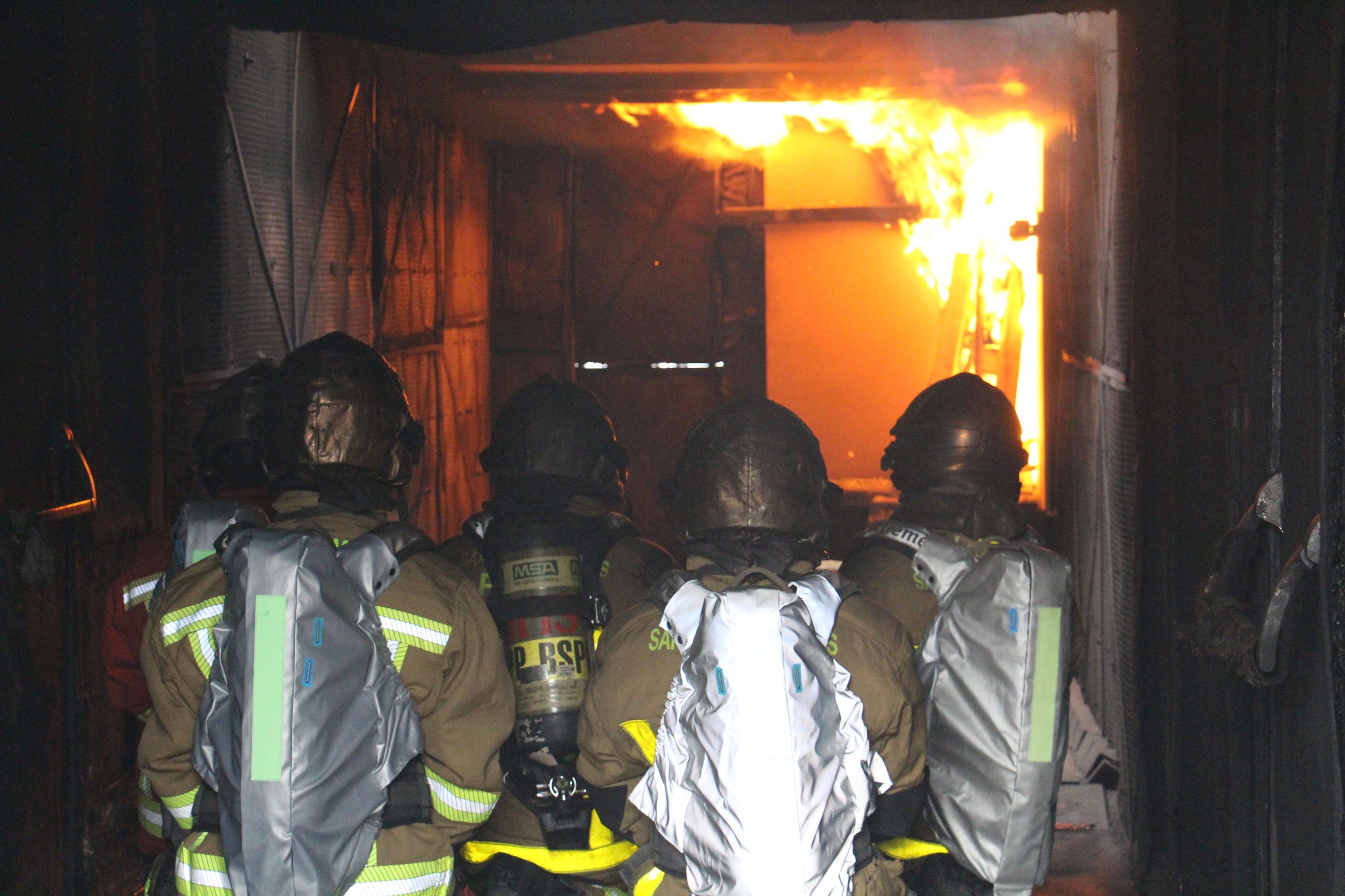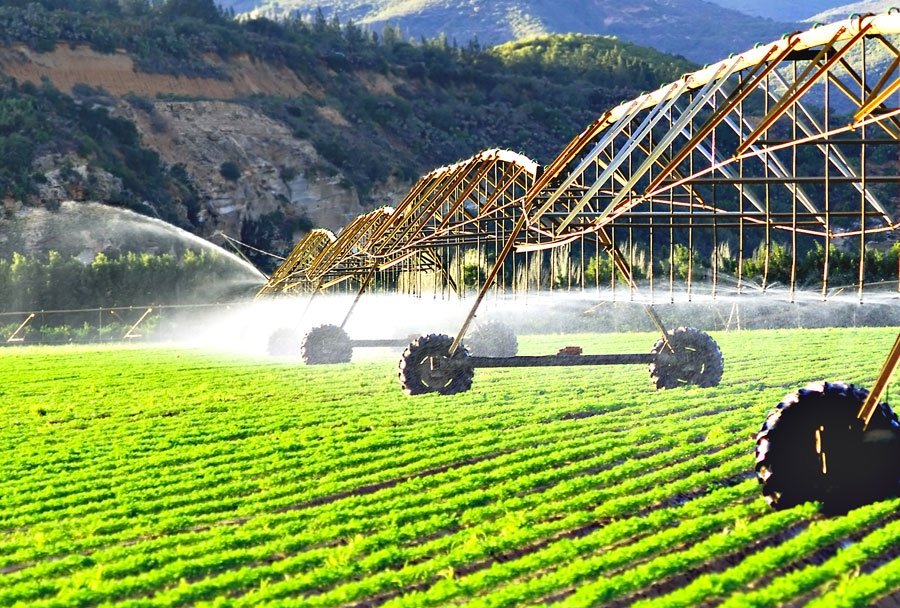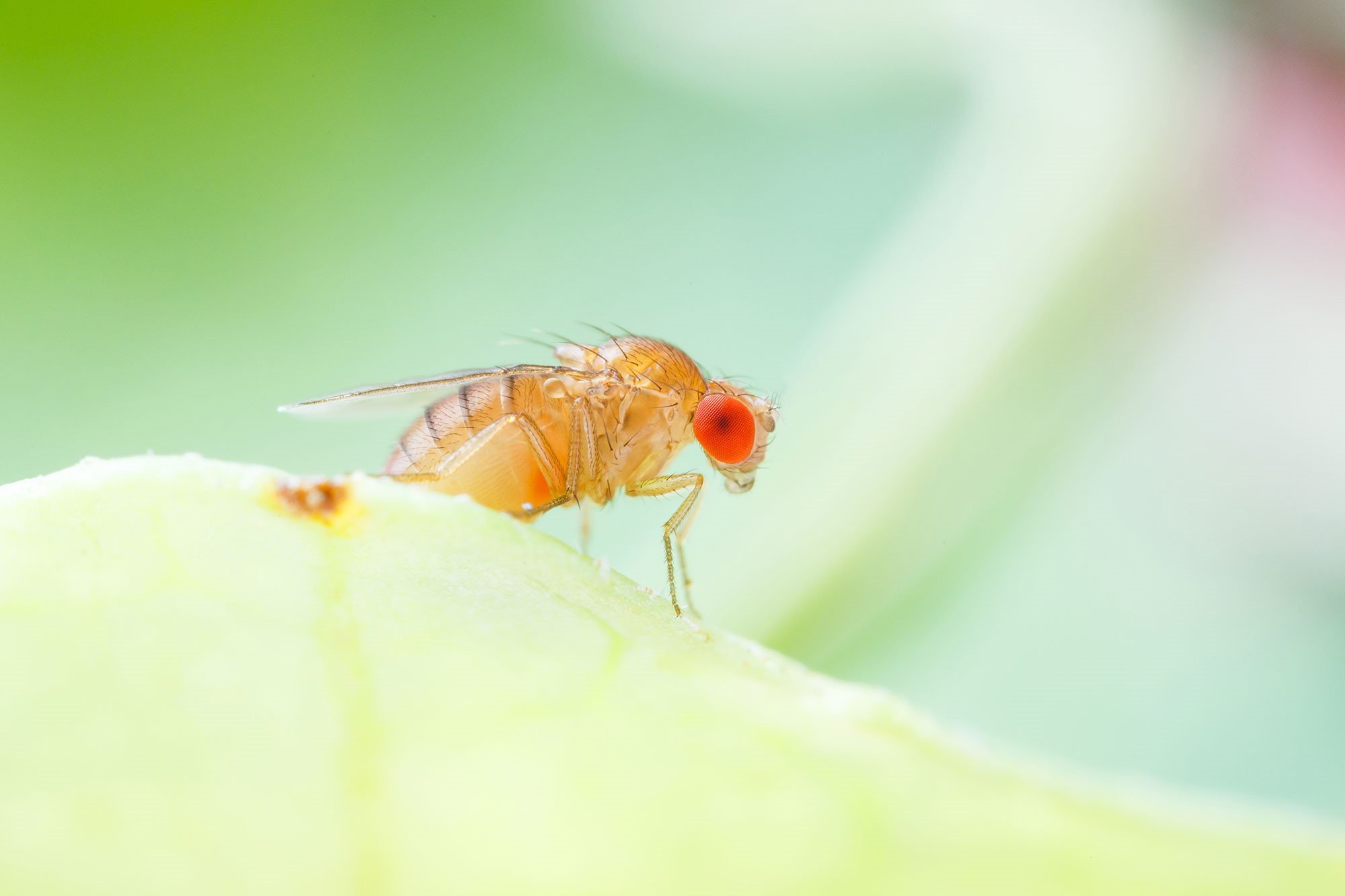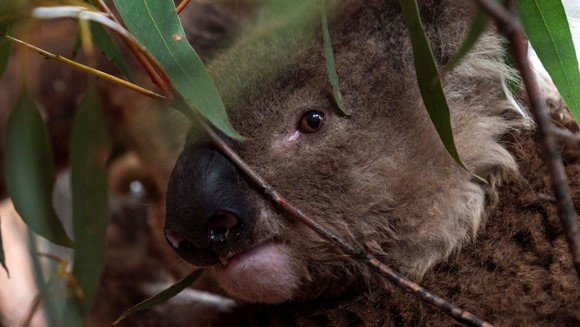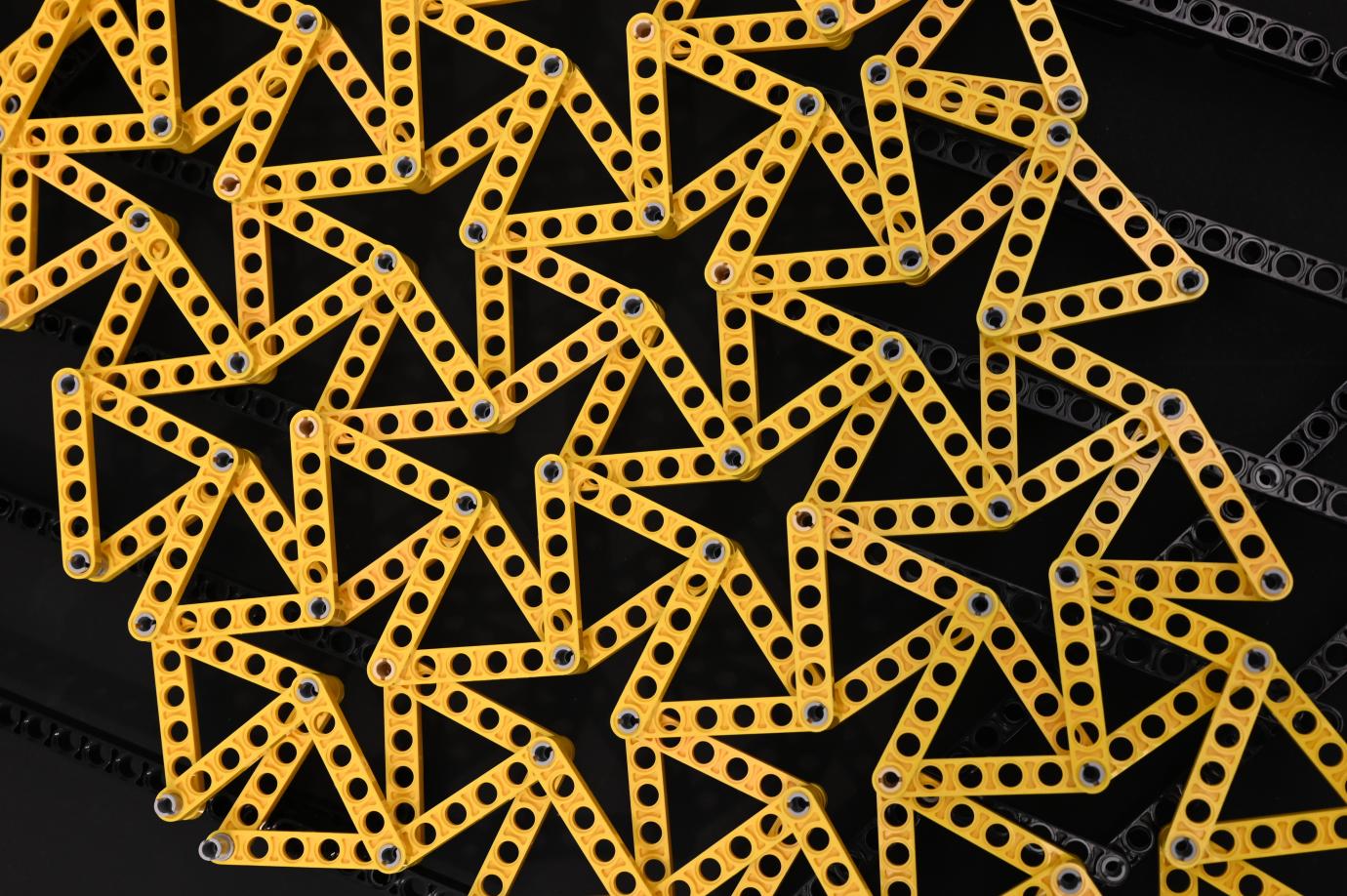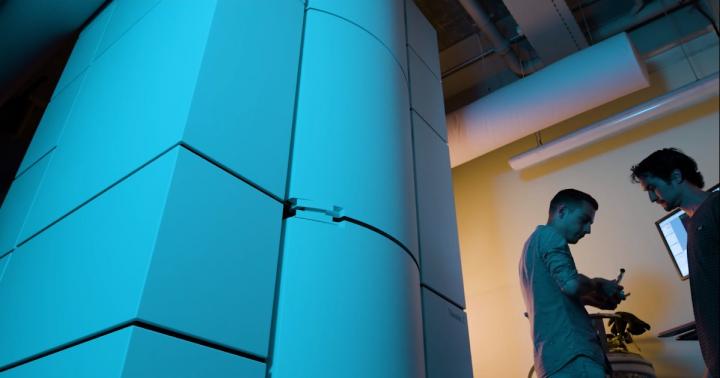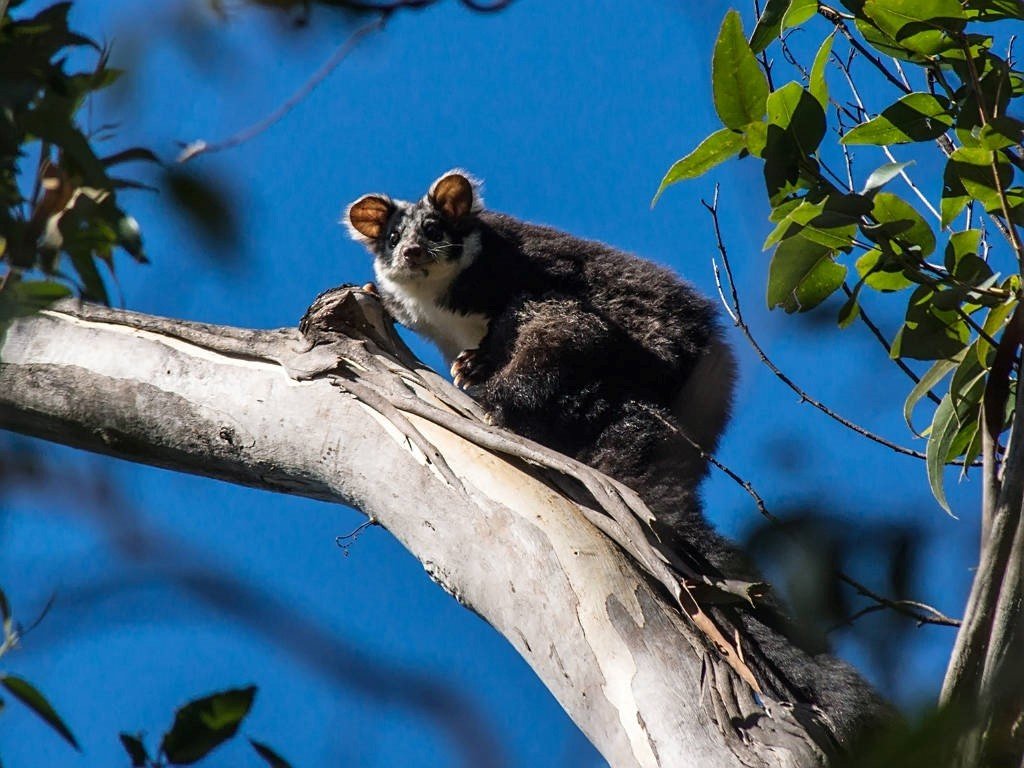How and when spines changed in mammalian evolution
From the long necks of giraffes that help them reach treetops to the flexibility of a cheetah’s spine that help it go from zero to sixty in three seconds, mammals not only have the figurative backbone to do amazing things but, more importantly, they have the literal one. But they weren’t always that way. A … Read more
